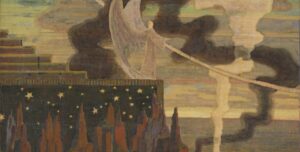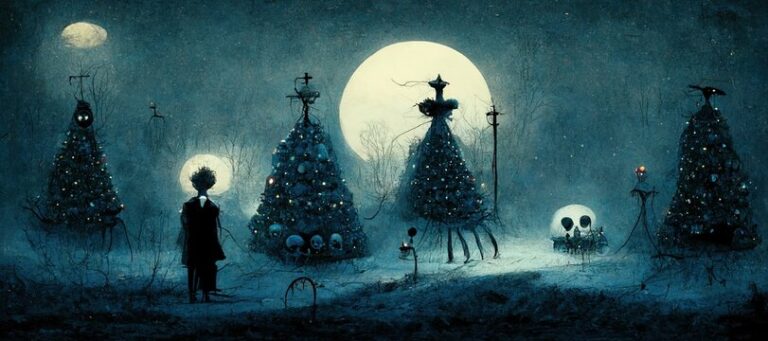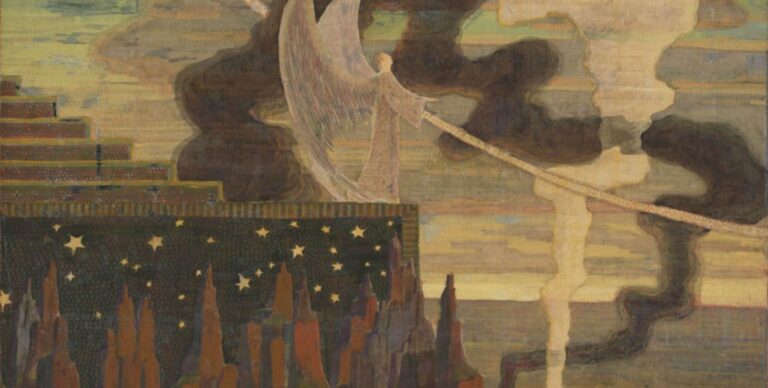Well, I already told you how you can spend your afternoon in London if you’re into space travels. Now let me do the same for my hometown. No spaceships involved. Sorry, guys.
Ok, so, assuming you are into decorative arts of the early XX century (and I am), there are two prominent exhibition you can think of visiting in Milan these months. Both of them enjoyed lots of advertising around the city and both of them are in the very centre, the first one being in our Palazzo Reale (aka Royal Palace, although we never really had a king and that remains quite a mistery to me) and the second one being at Palestro’s Gallery of Modern Art. Do you like sensual ladies with flowers on their most curved parts? Are you into sharp jaws and Munch-like nativities with dead babies? Milan is the right stop for you.
1st stop: Mucha and his pals (aka Alfons Mucha e le atmosfere art nouveau)
Location: Palazzo Reale (if you spit from the top of Duomo, you get him right in the eye)
Tickets: 12 € (unless you have something special like a third eye in order to get a special ticket reduced by 2 €)
Alfons Mucha was a Czech painter and graphic designer, most famous for his advertising posters featuring theatre diva Sarah Bernhardt, and I just love this guy. I would love his paintings even if they were exhibited in my grandmother’s cupboard with just so much as a paper slip with title and year. And this is precisely what they did for this exhibition. Just, my grandmother’s cupboard wasn’t available and therefore they had to settle for the tight apartments of the east wing in Palazzo Reale. And when I say tight, I really mean it. The first room will be the most shocking, I promise: big advertising posters are squeezed in a latteria-blue(*) corridor, almost impossible to appreciate as you can’t take so much as two steps back before bumping into another painting hanged right behind you. Then, things will start to get a little bit better in terms of space, but won’t improve in terms of storytelling. Don’t know anything about Bernhardt, Slav Epic or Mucha himself? Well, I suggest you read some papers beforehand, because this exhibition won’t teach you anything. Few intro lines about the room and possibly some explanation about specific works in the audioguide (if you can stand listening to it). After that, you are left to your own devices. You have to guess whether the girl holding the flower is Dance or Poetry (hint: she’s neither of them) and you’re pretty much screwed if you don’t read French or you don’t know that a topaz is yellow. When it comes to objects, eventually things will get even worst: the museum curator will feel the urge to tell you that you are looking at a vase (thank you very much) and nothing else. And it is really such a shame, since there would be so much to talk about, between symbolism and cultural references.
Would I recommend this exhibition? Well, it depends. It annoys me a bit that you have to spend full price for something that doesn’t even remotely look well-curated as your average exhibition in Palazzo Reale. Still, Mucha’s works are beautiful and I recommend you see them, at least a couple of times in your life. These are my personal favourites.
1. Autumn (from 1896 series). Mucha painted quite a few of this series of seasons and this among all is possibly my favourite (yeah, she’s drunk). I love everything, from the way the body is rendered through her tunic, to the background. I think he reached his best when he took his time to highlight what he wanted to highlight, and leave shades where he wanted to. Just take a look to the rock she’s sitting on. Which rock? Oh, come on, look better.
2. Ametyst (from the series of precious gemstones he painted in 1900 sharp). Each stone of the series has her own character: topaz is pensive, ruby is aristocratic, amethyst is charming. And though I like amethyst a lot (she’s even surrounded by my favourite flowers), I am profoundly captivated by Emerald’s evil charm. Plus the chair is really something to behold (just don’t touch it). If you like her as I do, Foundation Mucha has some photographs of a model posing in this position, in the artist’s atelier. And you really have to pay homage to his mastery, ’cause frankly she’s fucking ugly. Well, that’s what art was for (they didn’t have photoshop).
3. Salammbô (1896). Of all the posters he made for Sarah Bernhardt, this is probably my favourite, partially to Flaubert’s fault. Unfortunately she didn’t make her way into this exhibition, but you still can admire Gismonda (for a Greek melodrama in four acts by Victorien Sardou), Lorenzaccio (for a play by Alfred de Musset set in XVI Century Florence), Medea and few others.
4. Morning Star (from the 1902 series). You can admire this little-known series behind a corner of the exhibition, and be careful not to miss it as it’s probably one of the most beautiful and unusual he ever made. It’s a demonstration you can do art nouveau without even the smallest hint of a flower (well, ok, the frames are flowers and Moonlight has daisies in her hair, for some reason, don’t be so pesky).
5. Moët & Chandon (1899). Of all the champagne advertising posters I just had to pick one.
(*) for all my non-Milanese friends out there, latteria-blue is a specific kind of greenish light blue, and we call it like that because a diary shop wall would get painted with that colour in the silly belief that it would drive flies away. It’s a colour so horrific that even RAL refuses to cope with it. I guess you can say it’s between Acquamarine and Keppel (courtesy of Wikipedia).
2nd stop: Adolfo Wildt, the last symbolist
Location: Galleria d’Arte Moderna, via Palestro (right behind one of the most beautiful public gardens we have in Milan).
Tickets: normally, 5 € (last Sunday, admittance was free)
I didn’t know much about this artist before seeing around Milan the many posters advertising this exhibition. His works just looked a lot like other symbolists I love, such as Van der Stappen, so we just took a leap of faith. And we were right.
The exhibition is wonderful, very well set, with refined insights and communicative choices such as presenting the same subject in different versions and materials. Wildt was obsessed and obsessive, and this exhibition communicates well his approach to art. You like nativities such as Munch’s Madonna? Check. You love that symbolist taste for oval pensive feminine heads in marble and gold? Check. You love to see how hard and geometric a masculine head can be? Super check. Fool masks are definitely my favourite, along with St. Lucia.











No Comments